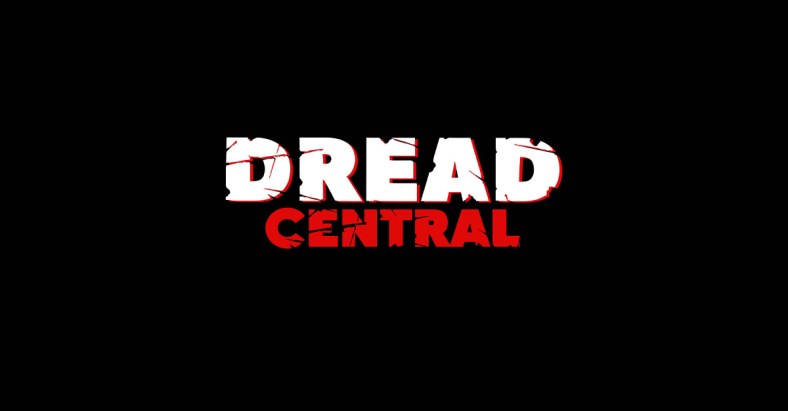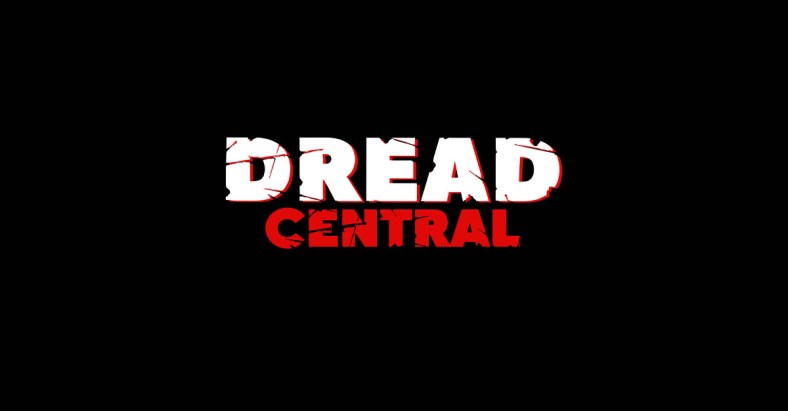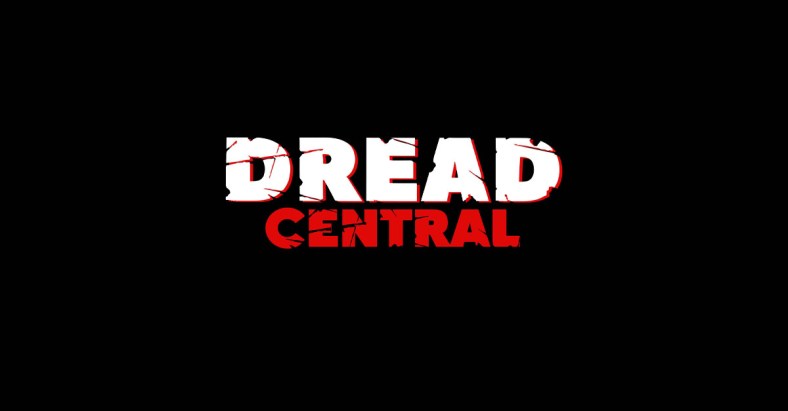Gender Bashing: THE EYES OF MY MOTHER’s Feminine Navigation of Violence

A new Joker movie is on its way down the pike, and there are already critics and fans alike throwing their hands in the air at the trailer. Comparisons to Taxi Driver abound as Joaquin Phoenix’s interpretation of the DC villain tracks his decline from oddball to sociopath to criminal. They ask: do we really need another account of a white guy becoming radicalized? The discourse did, however, get the gears turning: where are the women-centric course-plottings of the place where toxicity and brutality meet? Where are the foreboding but introspective femme versions of Falling Down‘s William Foster, or Taxi Driver‘s Travis Bickle? Audition and Misery have some great bad ladies, but those stories follow the victim’s run-in with them, with less time spent upon the antagonist’s origin story (though I do adore my girl Asami). Carrie‘s titular prom queen is a fair example, as is the iteration of serial killer Eileen Wournos in Monster. Audiences are treated to deep dives on how these baddies got to their darkest timeline.
But outside of the scorned woman and rape-revenge tropes, it can be tough to find and follow a solid female anti-heroine or villain who remains sympathetic. I say “sympathetic” inasmuch as we’re asked to follow her; it’s a stretch to call American Psycho‘s Patrick Bateman sympathetic, but the film aligns itself with him in order to access his pathos. The same uncomfortable proximity isn’t often given to women characters, but one recent example shines bright: Nicolas Pesce’s 2016 ultra-downer The Eyes Of My Mother.

Over a three-chapter structure (“Mother,” “Father” and “Family”), Francisca’s (Kika Magalhaes) secluded world becomes a nesting ground for her loneliness to transform into unadulterated horror. Her mother (Diana Agostini) is seemingly the only source of warmth in little Franny’s life, passing her surgical skills onto her daughter in the kitchen of their picturesque rural farmhouse. Following a viciously traumatic childhood incident, Francisca’s life takes on a nightmare trajectory that seems tragically unavoidable by the time the end credits roll. With every personal loss she takes, the brush fire in her psyche takes another heaving breath of oxygen, and the flame engulfs anyone unfortunate enough to stumble downwind.
As with Lucky McKee’s 2002 oddball gem May, Eyes concerns itself less with the Grand Guignol splatter-fests and more with quiet, deep-seated displays of mental instability. Where a nude Patrick Bateman chases a victim down the hall with a chainsaw, a weeping Francisca takes a milky bath with her father’s corpse. One of the film’s most horrifying moments comes not with a hail of gunfire or a chorus of screams, but with the silent hissing wail of a victim whose vocal cords have been severed.


What’s most noticeable is what’s absent: Franny’s evolution into a psychopath does not begin with a rape or even the witnessing of one. A 2017 Reddit AMA reveals that this is intentional; Pesce “can watch all the gore in the world, just not rape stuff.” A fine effect it has: Eyes stands shoulder-to-shoulder with Mary Harron’s underseen character study I Shot Andy Warhol. Both are through-and-through meditations on how a woman nestles into ultraviolence, without the use of sexual violation to leapfrog her there. It’s understandable that rape is often the narrative distillation of society’s treatment of women. It’s shocking, it’s powerful, and it inspires immediate empathy with (or sympathy for, depending on the spectator) the victim. There are plenty of masterpiece vengeance ruminations on how society deals with the fairer sex, with rape as the catalyst: both Abel Ferrara’s Ms. 45 and French Extreme shocker Baise-Moi (literally Rape Me, translated) grapple with rape-spurred vengeance and complicate the angel-of-death archetype. But it’s generally old hat and, in the wrong hands, the device can cheapen women’s character arcs, or worse, serve only to boost male ones. The most interesting version of these studies find their revenge element rooted in anything other than rape. In The Eyes Of My Mother, writer-director Pesce puts the genesis of his woman protagonist’s obsession in the fallout from a murder she witnessed as a child and interrogates the cycles of violence and how passively evil can seep into a human being.
For a film that provoked walkouts at its Sundance screening, much of the violence in Eyes is offscreen, with a technical tag-team working en masse to ensure that Pesce’s tale hones in on the buildup and the aftermath of violence; the cause and effect. Cinematographer Zach Kuperstein keeps his camera buoyant enough to avoid seeing moments of fleshy impact during stabbings, choosing instead to allow Francisca to hold the frame with emotive agony or callousness. It’s hard to look away; Kika Magalhaes delivers entire manifestos with a single pained look. The visual composition supports her, consistently framing Magalhaes off-center and isolated. She is a woman undone and alone, and it’s a short skip from that isolation to the germination of force and bloodshed in order to meet her companionship needs. Again, it’s sympathy by way of alignment: the stylized shots are necessary to display (in an exposition-free way) how Franny got to the dark place she’s living in. The Henry: Portrait Of A Serial Killer school of profiling wickedness.

The cutting room further infers the violence, without drowning the audience in ferociousness. Editor Connor Sullivan’s jarring match cuts jump from Francisca pleading with a frantic exiting houseguest to her scrubbing blood from the spot where the guest stood the night before. By keeping the stabs and blows parenthetical, Pesce is able to let the viewer steep in the brew and connect with Franny’s disconnect from the world. The result is almost a film of tragic vignettes, but no emotion is lost in the process. Franny brings a companion, Kimiko (Clara Wong), home with her for the night and, as the horror of the situation dawns upon her, the guest tries to leave. The scene packs the tension two-fold: Franny begs for Kimiko to stay the same way that Frankenstein’s Creature pleads, “Friend?” with arms outstretched, but both the audience and Kimiko are fully aware that it would be in Kimiko’s best interest to get out of the house as fast as possible. For all of the desperation in watching Franny beg a potential one-night stand to stay with her, the moment hangs on the same architecture of loneliness as Travis Bickle’s; the only difference is how that is processed. The editor further works in tandem with Pesce to economize the storytelling by jump-cutting over years of the troubled young woman’s life. One minute Franny is holding a child she abducted, the next she is watching the same child, now school-aged, happily playing in her living room. You only need to see the most definitive moments of her journey to gain a clear picture of what’s going down; as with the violence, the audience is trusted to fill in the blank spaces.
Sound design does further heavy lifting throughout: the body of Franny’s mother is never visible, nor is the camera present during the moment of her death. What’s given: a glimpse of a dark-splattered bathtub, a squelch of a blunt object striking flesh, the killer’s unhinged giggle, straight to a curious observation of Franny listening to the sounds of struggle as her father discovers the crime scene unfolding. It’s a sly trick that fools the viewer into thinking they’ve seen more than they have, following in the bloody footsteps of Psycho‘s shower scene and Audition‘s torture sequence.
Pesce opts to further mute the mayhem by filming the story in black and white. The use of monochromatic filming to de-sensationalize blood and gore is an effective tool, one that hearkens back to Denis Villeneuve’s desaturated school shooter account in 2009’s Polytechnique (another study in festering lone wolf pathos). The monochrome pulls double duty with several visual throwbacks to Charles Laughton’s grim fairy-tale The Night Of The Hunter. Franny’s childlike curiosity likens her more to the pint-sized victims than the towering Reverend Powell, but a sequence with a wild-eyed visitor in the film’s beginning is only missing the L-O-V-E and H-A-T-E knuckle tattoos; Pesce’s love for Hunter is chillingly evident from frame to frame.

David Fear of Rolling Stone called The Eyes Of My Mother “stylistic to a fault,” but the truth is every level of the film-making process is applied with intent and purpose. The end result of men’s obsessions onscreen are often explosive; from the set to the cutting room, Eyes positions a woman’s obsession with violence as an intimate affair. Pesce’s film presents a woman’s fermentation from trauma as an enveloping menace; if Taxi Driver is alienation taken to its extreme, then The Eyes Of My Mother is feminine dependency writ large and mean.
The Eyes Of My Mother is currently streaming on Netflix.
Categorized:Editorials Gender Bashing

